Top 5 spiritual festivals in Bali
Cultural and religious celebrations are central to life on the Indonesian island and here is when you can see them.
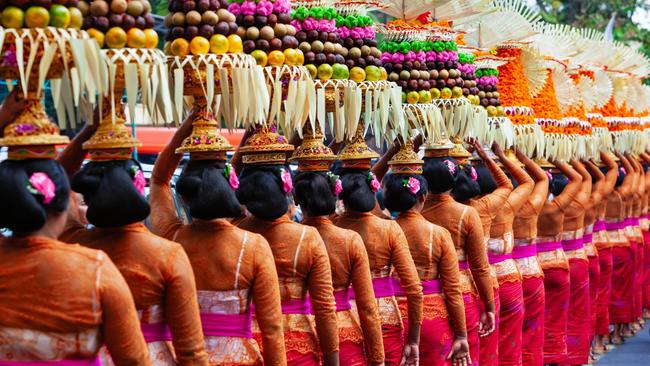
Cultural and religious festivals are central to life on the Indonesian island and here is your guide.
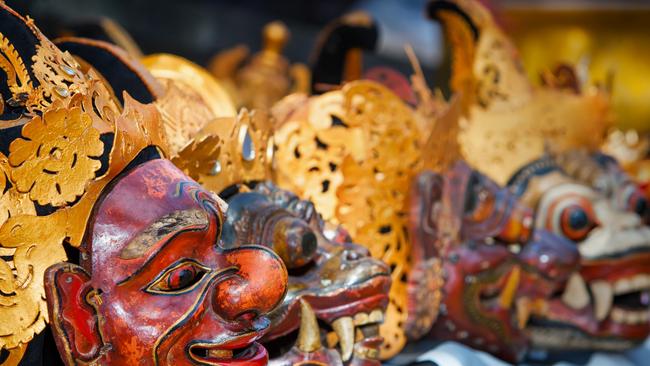
1. Tumpek days
Does any other country have festivals that extol the virtues of puppets, drums and motorbikes? Six Tumpek days celebrate different items of value every 35 days and are often accompanied by performing arts in the evening, especially on Tumpek Krulut (the next falls on November 9), which celebrates musical instruments, masks, costumes and love; and Tumpek Wayang (June 22), a day for shadow puppets, with performances around the island. Tumpek Landep focuses on metal objects, including motorbikes and knives; Tumpek Uduh is for plants and trees; and on Tumpek Kandang domestic animals, including pigs and chickens, are pampered, cleaned and blessed. Books and manuscripts, believed to be of the greatest value, are honoured on Saraswati Day, when they are cleaned to be blessed by the Hindu goddess of knowledge, wisdom and sacred stories (July 13).
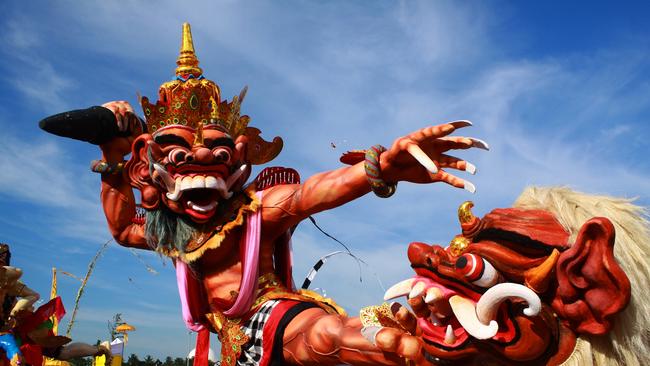
2. Nyepi and ogoh-ogoh
Nyepi is a festival of silence. All power and lighting is turned off, and for 24 hours airports are closed and travel is banned. It marks the Balinese new year on a new moon in March. Beaches are deserted, animals and insects suddenly seem louder, and at night it feels as though the stars are closer to Earth. Three days before Nyepi, there are colourful Melasti purification processions to beaches. The evening before Nyepi, villages parade ogoh-ogoh, papier mache effigies of demons resembling anime horror characters that are taken on floats to cemeteries to be burned. Balinese ceremonies are about appeasing demons as much as pleasing gods, and they are evolving. In the build-up to ogoh-ogoh parades, social media thrums with rumours about what the greatest sculptors might be designing. Head to Denpasar, Ubud and Sesetan for the largest parades; Nyepi is on March 29, 2025.
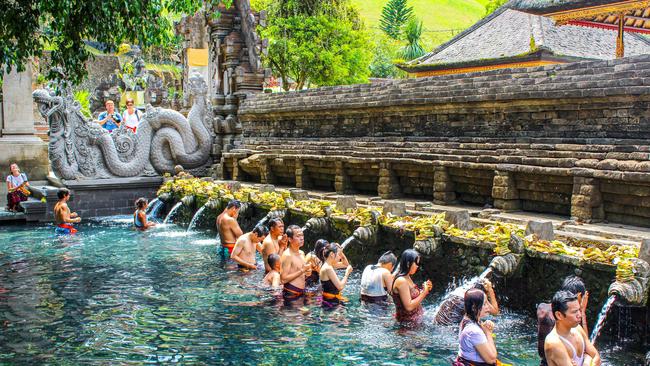
3. Temple ceremonies
At Tirta Empul water temple last March, 500 villagers prayed to the sound of gamelan as a barong – a half-lion and half giant Pekingese dog that embodies good spirits – danced to the holy spring and then up to the 1050-year-old temple for purification. There are more than 10,000 temples in Bali and they hold ceremonies involving some of the best performing and ritual arts throughout the year. The largest are anniversary ceremonies, or odalan, held every 210 days and lasting up to a week. Visitors can inquire about upcoming dates on site or ask guides; the onset of the full moon is a common time. In a first for Bali, cultural heritage group Quantum Temple has worked with Manukaya village, which manages Tirta Empul, to install educational video screens, link visitors with village storytellers on immersive tours and return money to temple owners, who often struggle to maintain the sites.
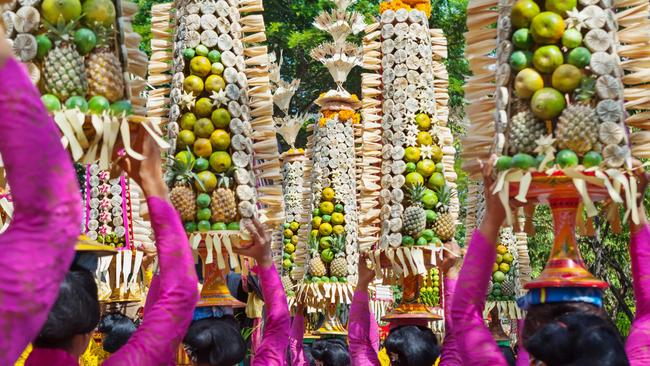
4. Galungan and Kuningan
During Galungan, women in silk and brocade balance offerings on their heads and walk down streets lined with towering woven palm decorations. Feasts are prepared for days, temple statues are blessed, and all Balinese wear their finest clothes. From dawn on the day of Galungan, the entire island smells of incense as every family, often on scooters, takes beautiful offerings to the temples and receives blessings. Galungan celebrates the victory of good and truth (dharma) over evil, and also welcomes ancestral spirits to Earth for the celebration. After 10 days, on Kuningan, the spirits leave. Like an extended Balinese Christmas, families gather with friends for feasts, and there are gamelan performances across the island. Groups of children with gamelan gongs go trick or treating for gifts. Galungan occurs every 210 days of the Balinese calendar; the next is on September 25.
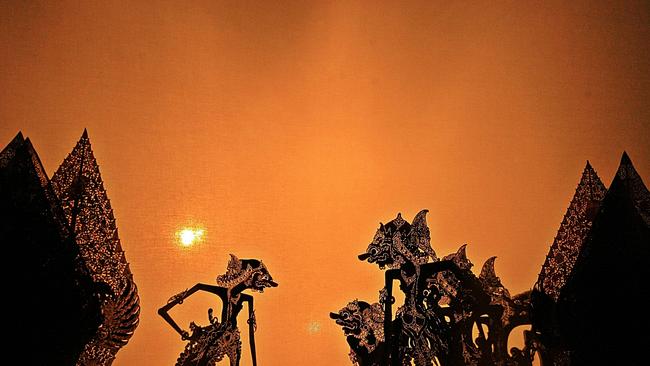
5. Bali Arts Festival
Visitors may be aware of expat-focused events such as the Ubud Writers and Readers Festival in October or the Bali Spirit Festival in May, but few attend the Bali Arts Festival, which showcases the best classical and modern local performing arts. There are more than 11,000 active performing arts groups in Bali, according to dancer, festival co-founder and curator I Made Bandem, and 200 take part at this event in Denpasar. In its 45th year, it is a great way to survey the styles of Bali’s regions, with performances by great gamelan orchestras such as Ubud’s Cudamani and Belaluan Gong Kebyar; dance by the Peliatan legong group and Semara Ratih from Ubud; Balinese opera from the Singapadu arja; and shadow theatre, wayang kulit, the oldest screen art in the world, by great puppetmasters such as I Wayan Wija and
I Wayan Nardayana; June 15-July 13.
If you love to travel, sign up to our free weekly Travel + Luxury newsletter here.

To join the conversation, please log in. Don't have an account? Register
Join the conversation, you are commenting as Logout